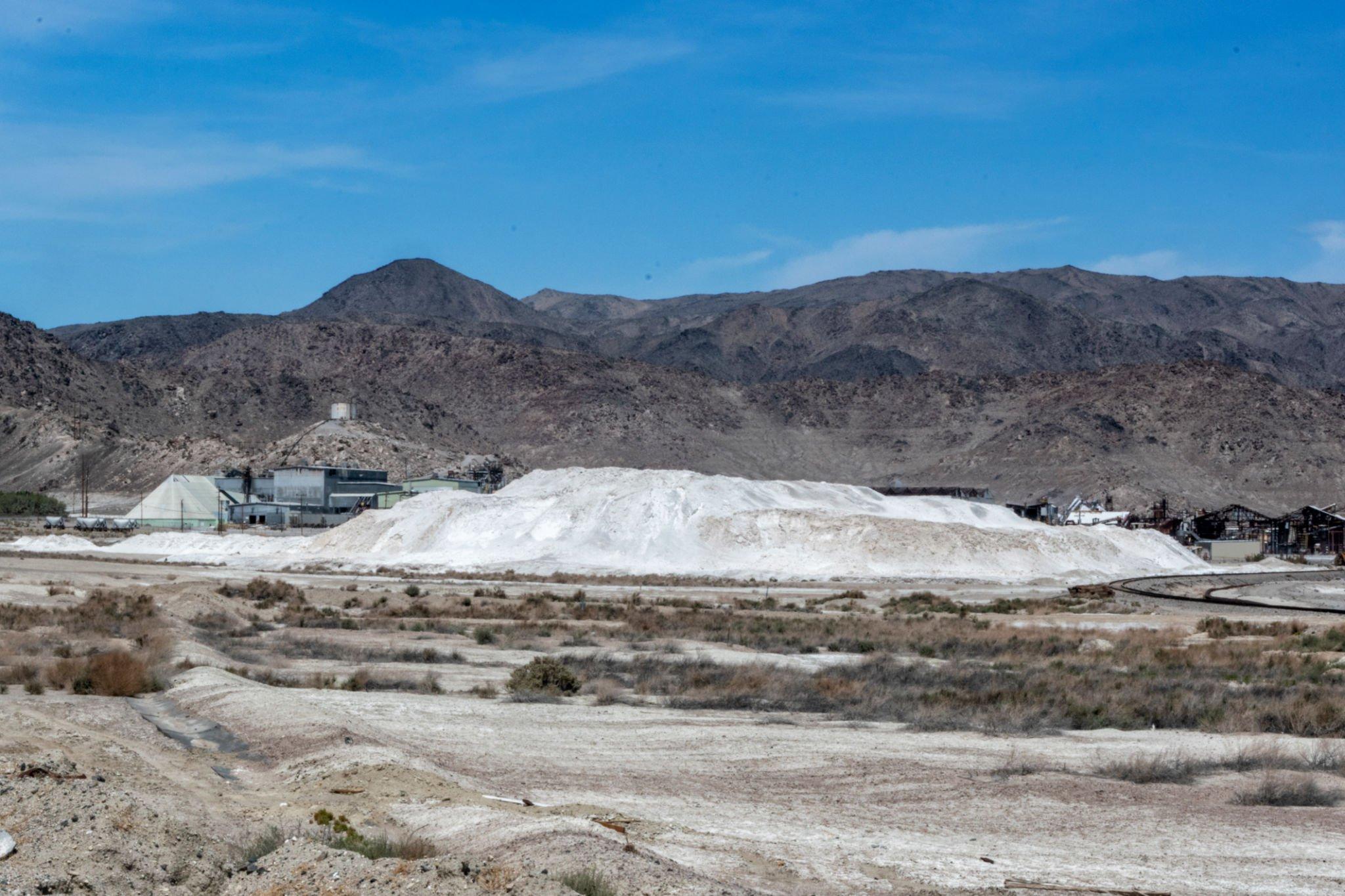
Deep within the diverse landscapes of Africa lies a valuable mineral resource that has played a crucial role in various industries worldwide: soda ash. From the expansive shores of Lake Natron in Tanzania to the vast deserts of Kenya and Ethiopia, soda ash mining in Africa has emerged as a significant economic contributor. In this blog, we delve into the fascinating world of soda ash mining, its applications, and the impact it has on local economies and global markets.
-
The Formation of Soda Ash Deposits: Soda ash, scientifically known as sodium carbonate, is primarily formed through the interaction of volcanic activity, geological processes, and the accumulation of saline water sources over millions of years. The unique geological conditions found in select regions of Africa have given rise to abundant soda ash deposits.
-
Africa's Abundant Reserves: Africa boasts substantial soda ash reserves, with prominent mining operations located in countries such as Tanzania, Kenya, and Ethiopia. Lake Natron in Tanzania, the Great Rift Valley in Kenya, and the Danakil Depression in Ethiopia are known for their vast soda ash reserves, which provide a steady supply for both local consumption and international markets.
-
Diverse Applications: Soda ash serves as a versatile mineral with a wide range of applications across industries. One of the primary uses of soda ash is in glass manufacturing, where it acts as a key ingredient for producing clear, durable, and high-quality glass products. Additionally, soda ash finds its way into the production of detergents, chemicals, pulp and paper, textiles, water treatment, and various other industrial processes.
-
Economic Contribution: Soda ash mining has significant economic implications for the countries involved. It creates employment opportunities, stimulates local businesses, and generates revenue through exportation. The industry's growth often leads to infrastructural development, improved living standards for communities, and an overall boost to the national economy.
-
Environmental Considerations: Mining operations must prioritize sustainable practices and minimize environmental impact. Responsible soda ash mining companies implement measures to conserve water resources, mitigate ecosystem disturbances, and rehabilitate the areas affected by mining activities. Environmental stewardship is essential to ensure the long-term sustainability of soda ash extraction.
-
Collaboration and Innovation: The soda ash mining industry in Africa thrives through collaboration between mining companies, local communities, and governments. By working together, stakeholders can create a balance that maximizes the benefits of mining while minimizing potential social and environmental challenges. Continuous innovation in extraction techniques and environmental management practices further supports sustainable mining operations.
-
Global Demand and Market Influence: Africa's soda ash mining industry plays a significant role in meeting the global demand for this essential mineral. The soda ash produced in Africa finds its way into international markets, where it serves as a vital ingredient for a wide range of products. The industry's growth and expansion contribute to Africa's influence in global markets and enhance the continent's economic competitiveness.
Conclusion: Soda ash mining in Africa unveils a hidden natural resource that holds substantial economic value and contributes to various industries worldwide. From its formation in unique geological conditions to its diverse applications and global market influence, soda ash plays an integral role in shaping both local economies and global supply chains. As the industry continues to evolve, it is crucial to prioritize responsible mining practices that balance economic growth with environmental stewardship and sustainable development. Africa's soda ash mining sector stands poised to make a lasting impact, creating opportunities for communities, fostering innovation, and establishing the continent as a key player in the global minerals market.



Comments
Joan Jennings
Do necessitatibus et
Post your comment